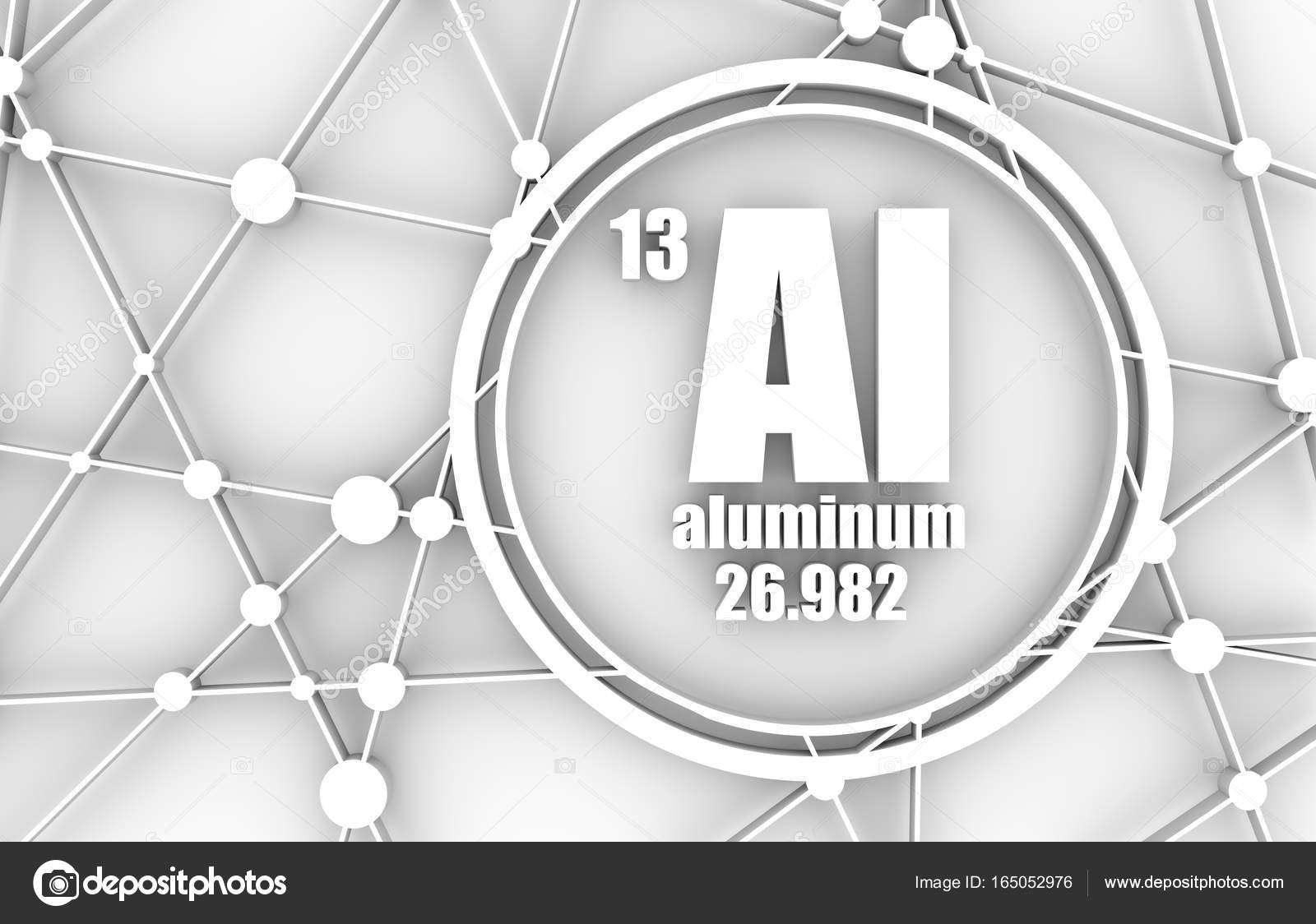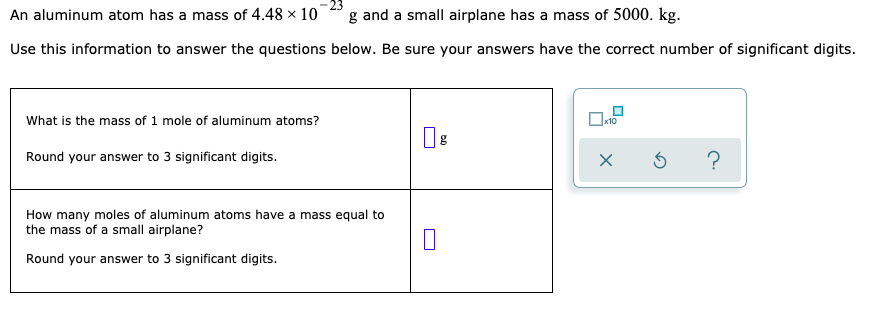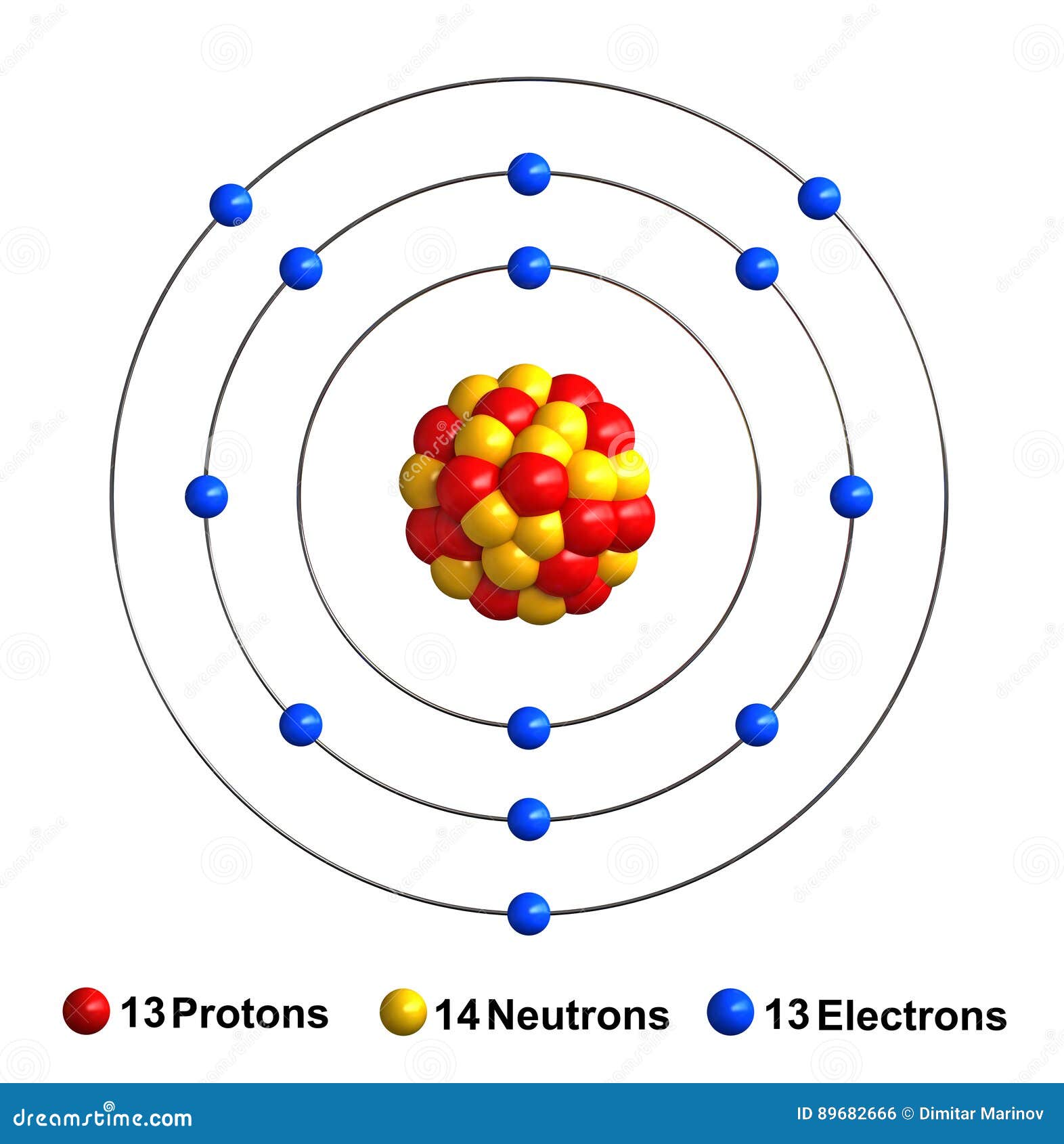

What is the percent difference between your result and the actual radius? What might explain the difference? The actual radius of an aluminum atom is 143 pm.However, these two red flags identify a paradox, as the abundant and biologically reactive aluminum has. Second, aluminum is super reactive it is both chemically and biologically reactive. aluminum (Al), also spelled aluminium, chemical element, a lightweight silvery white metal of main Group 13 (IIIa, or boron group) of the periodic table. Calculate how many atoms of aluminum there are in the thickness of the foil now that you know the diameter of a single atom and the thickness of the foil in cm. First, aluminum, in all of its myriad forms, is super abundant it is the third most abundant element (after oxygen and silicon) of the Earth’s crust.Solve for H (height), which is the thickness. This can be accomplished using the formula: V = L × W × H. Find the thickness of your aluminum foil in cm.Find the diameter of an aluminum atom in centimeters.Convert the radius of an aluminum atom from cm to pm (pico- is the prefix for units at 10 -12 from the base unit).Use the formula for the volume of a sphere to find the radius of an aluminum atom (V = (4/3)πr 3). Atoms are modeled as small, hard spheres.Find the volume of a single aluminum atom now that you know the total volume of all the atoms combined and how many there are.Find the number of atoms of aluminum metal in your rectangle using the number of items in a mole.Find the number of moles of aluminum metal in your rectangle using the mass you measured and the molar mass of Aluminum.Find the volume of all of the aluminum atoms combined. So the aluminum atoms take up 74.1% of the volume. Aluminum is neutral and its atomic number is 13, hence, the number of protons and electrons available for its Bohr diagram is also 13. The amount of empty space in your piece of metal is about 25.9% of the total volume. The Bohr model of Aluminum (Al) is drawn with three electron shells, the first shell contains 2 electrons, the second shell contains 8 electrons and the third shell contains 3 electrons. Think of how oranges pack in the display at the supermarket: there are spaces between the oranges and there are spaces between the aluminum atoms. Atoms of a metal are spherical and so do not take up all the space in the material.Use the density of aluminum metal (2.70 g/cm 3) to find the volume of aluminum in your rectangle.

Find the mass of the rectangle of aluminum foil to the nearest hundredth of a gram and record the information below.Measure the length and width of the rectangle to the nearest hundredth of a centimeter and record the information below.The size of the piece of foil does not matter except that if its length is the length of the carton its width should be no less than 15 cm. Obtain a piece of aluminum foil and cut it to be a perfect rectangle.

Incidentally, you will need to use skills in scientific notation and the metric system. This activity is designed to give you practice with measurement, dimensional analysis, simple geometry, and the mole concept. Finally, you will calculate the thickness of the aluminum foil in aluminum atoms. Next, you will calculate the size of an individual aluminum atom. You will use these data to calculate the thickness of the foil (see also the density lab from earlier in the year). In this brief lab activity you will measure the length, width and mass of a piece of aluminum foil. The covalent radius of Cl 2 is half the distance between the two chlorine atoms in a single molecule of Cl 2.Lab: Size of an Aluminum Atom Introduction (d) This is a depiction of covalent versus van der Waals radii of chlorine. (c) The van der Waals atomic radius, r vdW, is half the distance between the nuclei of two like atoms, such as argon, that are closely packed but not bonded. (b) The metallic atomic radius, r met, is half the distance between the nuclei of two adjacent atoms in a pure solid metal, such as aluminum. (a) The covalent atomic radius, r cov, is half the distance between the nuclei of two like atoms joined by a covalent bond in the same molecule, such as Cl 2.


 0 kommentar(er)
0 kommentar(er)
